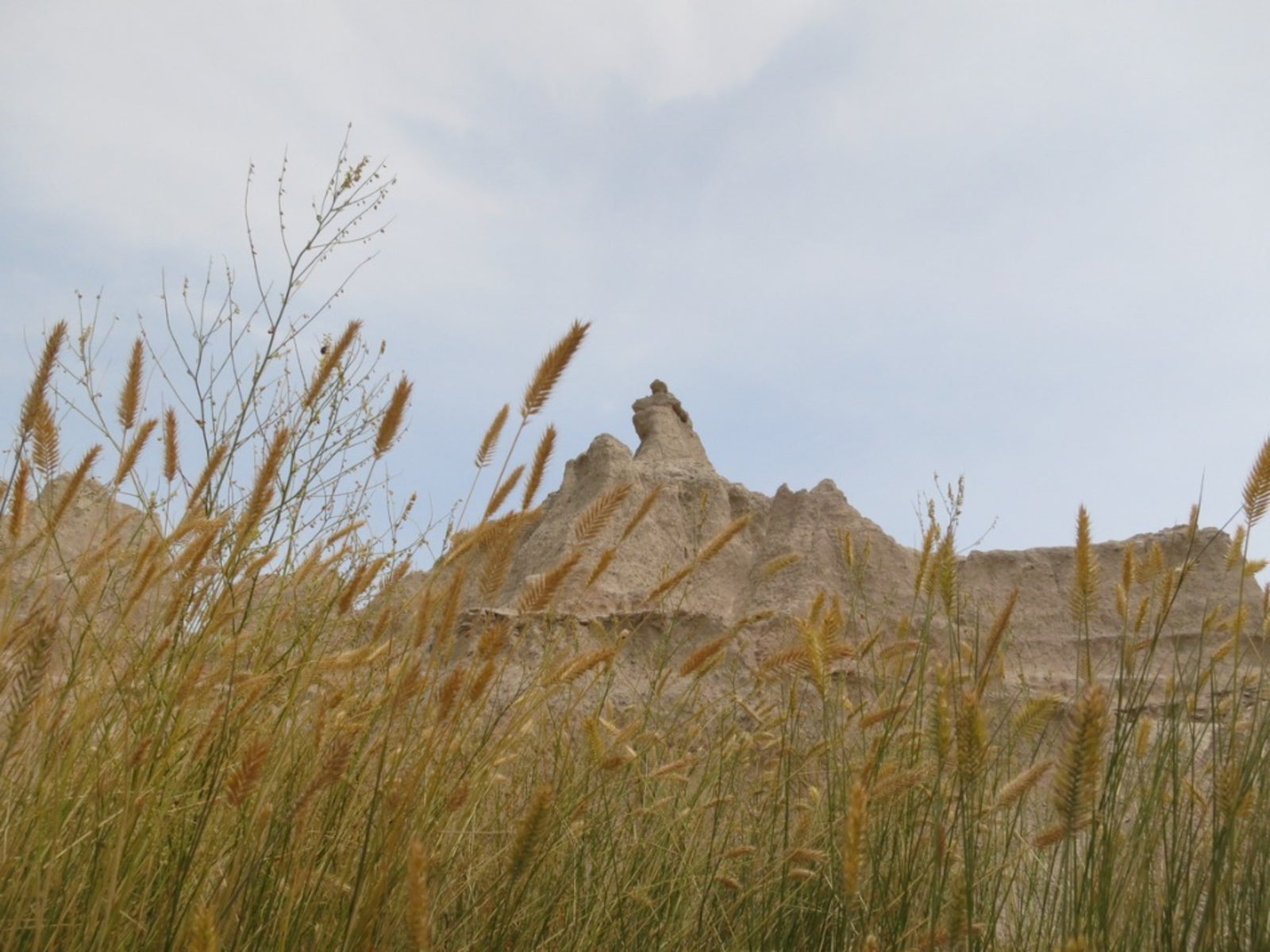What Is Western Wheatgrass – How To Grow Western Wheatgrass


South Dakota's state grass is wheatgrass. This perennial, cool season grass is native to North America and graces the southwest, Great Plains, and mountainous regions of the western U.S. It has some erosion control benefits but using western wheatgrass for grazing is the primary purpose. If you are trying to reclaim rangeland, read on for tips on how to grow western wheatgrass.
What is Western Wheatgrass?
Western wheatgrass (Pascopyrum smithii) is one of the preferred foods for deer, elk, horses, and cattle in spring and occasional fodder for sheep and antelope. The plant may also be grazed in fall but protein levels are much lower. Western wheatgrass for forage and as a soil stabilizer makes this an important plant to grow and conserve. This wild grass begins growing in spring, goes dormant in summer, and sprouts anew in fall. It prefers moderate soil temperatures of at least 54 degrees F. (12 C.) and even thrives in clay. The plant spreads through rhizomes and can achieve 2 feet (61 cm.) in height. The leaves and stems are blue-green with foliage that is flat when young and rolled inward when dormant and dry. The blades are ribbed and rough with prominent veining. Seedheads are narrow spikes, 2 to 6 inches (5-15 cm.) long. Each contains spikelets with six to ten florets.
How to Grow Western Wheatgrass
Rhizome spread and seed are the main ways of growing western wheatgrass. In its wild state, it generally self-propagates, but managed landowners must sow seed in very early spring. Heavy to medium textured soil is best for establishment. The plant may also be seeded in late summer provided adequate irrigation is available. Poor germination is common and generally only 50 percent of seedlings survive. This is balanced by the plant's ability to send out rhizomes and colonize a healthy stand Prevention of competitive weeds is important but herbicides should not be used until seedlings reach the four to six leaf stage. Alternatively, mow as weedy plants prior to reaching their flowering stage to prevent more weed growth.
Using Western Wheatgrass for Forage
Not only are spring stands of western wheatgrass excellent forage but the plant dries well and can be used for winter hay. Most domestic grazers find the plant palatable and even pronghorn and other wild animals use the plant for food. When using western wheatgrass for grazing, proper management can help encourage growth. A stand should be grazed moderately to allow the plants to recover more quickly and produce more forage. Rest and rotation are the recommended form of management. When seedheads are allowed to develop, they provide food for songbirds, game birds, and small mammals. This really is a remarkable and useful native plant, not only for food but erosion control and to smother some common weeds.
Sign up for the Gardening Know How newsletter today and receive a free copy of our e-book "How to Grow Delicious Tomatoes".

Bonnie Grant is a professional landscaper with a Certification in Urban Gardening. She has been gardening and writing for 15 years. A former professional chef, she has a passion for edible landscaping.